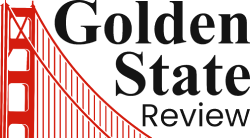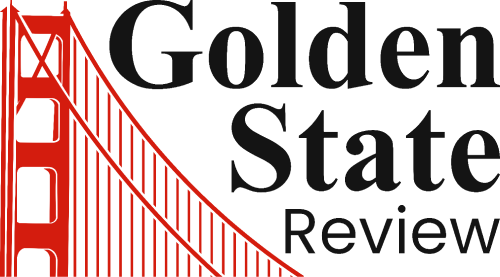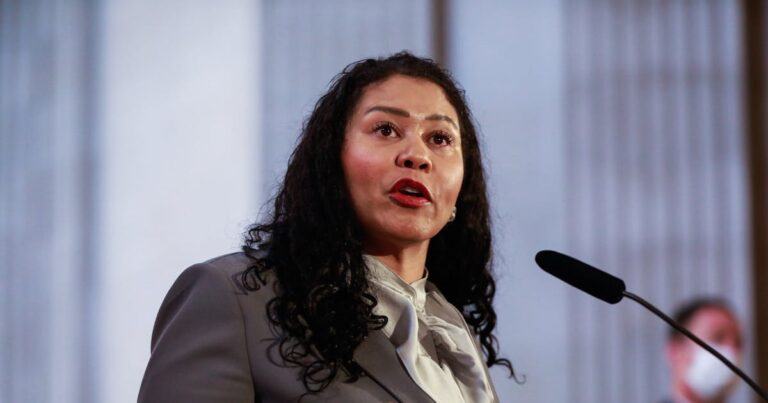Exploring the Network of Nonprofits Influencing San Francisco Politics
In the landscape of San Francisco politics, several nonprofit organizations have emerged as significant players. Groups such as Neighbors for a Better San Francisco, the Abundance Network, TogetherSF, and GrowSF form a complex interconnected web of various nonprofit classifications, including 501(c)(3)s and 501(c)(4)s, alongside Political Action Committees (PACs). These groups not only collaborate financially but also share resources to promote common political agendas.
Funding and Influence
Since 2020, these organizations have collectively amassed over $30 million, surpassing the total expenditures for all Board of Supervisors campaigns conducted between 2000 and 2020, according to records from the Phoenix Project. This substantial financial backing has been instrumental in promoting their political initiatives. Notably, approximately 60% of this funding is classified as “dark money,” raising questions about transparency and accountability in political financing.
Billionaire Benefactors
A significant portion of the funding originates from a small group of ultrarich individuals, some of whom have a history of supporting candidates from both sides of the political spectrum. For example:
- Moritz, a major benefactor, has donated $6 million to TogetherSF and pledged an additional $11 million. Despite identifying as a Democrat, his financial contributions have also supported figures such as Mitt Romney and John Kasich.
- William Oberndorf, president of Neighbors for a Better San Francisco, is known for his considerable contributions to Republican campaigns and PACs, including over $4 million to Mitch McConnell’s Senate Leadership Fund between 2016 and 2020.
- Retired Basic American Foods chairman William Hume has contributed $50,000 to Neighbors for a Better San Francisco, alongside donations to Donald Trump’s presidential campaigns.
Community Engagement and Political Activities
These organizations engage in community activities that ostensibly lack political motives. Events such as neighborhood cleanups serve practical purposes while also functioning as mechanisms to gather contact information for mailing lists. Additionally, they play active roles in local politics by hosting candidate meet-and-greet events and launching political campaigns. One notable campaign was the “That’s Fentalife!” initiative by TogetherSF, which sparked debate about its portrayal of drug addiction.
Providing Voter Resources
Both GrowSF and TogetherSF have undertaken the important task of producing voter guides, while all four organizations maintain the capacity to financially support political candidates or contribute to other PACs. With a mix of 501(c)(3) and 501(c)(4) statuses, these funds are utilized for direct lobbying and advocacy efforts.
Connections to Broader Ideologies
Interestingly, some members actively organizing or supporting these groups are linked to broader, more radical conceptual frameworks, such as the “network state.” For instance, Moritz invests in California Forever, which envisions a semiautonomous city located outside San Francisco. Additionally, connections to figures like Balaji Srinivasan highlight a mindset that seeks to reshape the socio-political landscape of the region.
Conclusion
The intricate interplay of funding, organization, and ideology within these nonprofit groups illustrates the profound influence they exert on San Francisco’s political arena. As they continue to engage both in community outreach and political campaigning, understanding their interconnected structures and financial backers becomes crucial for grasping the evolving dynamics of local governance.



